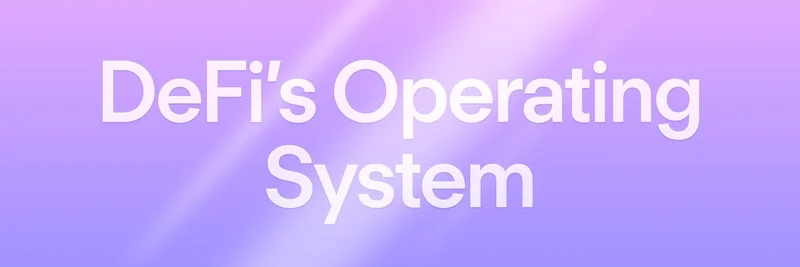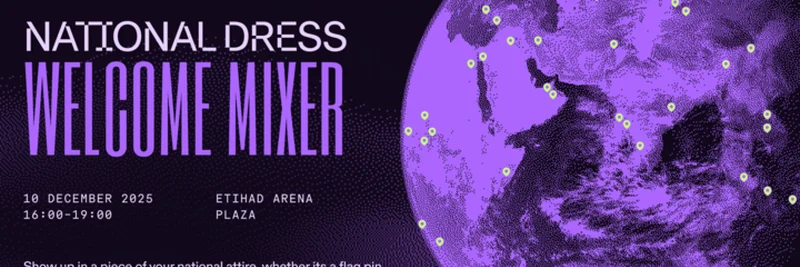Hey there, meme enthusiasts and blockchain buffs! If you're knee-deep in the world of meme tokens, you know liquidity can make or break a project. Recently, @0xKolten dropped a tweet that's got the DeFi community buzzing, quoting an announcement from @aave about their upcoming V4 update. Let's break it down in simple terms and see why this could be a game-changer for meme tokens.
First off, what's Aave? It's one of the biggest players in decentralized finance (DeFi), basically a protocol where people can lend and borrow crypto without banks. Think of it as a global, permissionless savings and loan app on the blockchain. The V4 version is set to evolve Aave into what they're calling "DeFi's operating system" – a fancy way of saying it's becoming more modular and powerful.
The key innovation here is the hub-and-spoke model. In earlier versions like V3, each market (think of a market as a pool for specific assets) was isolated. If you had a ton of USDC in one market, you couldn't easily use it in another. This made starting new markets tough because they'd begin with zero liquidity – no fun for anyone trying to bootstrap a niche like meme tokens.
With V4:
- Hubs act as central liquidity pools, holding the assets.
- Spokes are the customizable markets that connect to these hubs. They can have their own rules, like risk settings or special features, but tap into the hub's deep liquidity right away.
This setup means developers can build specialized spokes for all sorts of assets, including those wild, volatile meme tokens. Imagine a spoke dedicated to popular memes like DOGE or PEPE, where holders can supply their tokens as collateral and borrow stablecoins against them. The risk parameters could be tuned high to account for the volatility – higher loan-to-value ratios for the brave, or strict liquidation thresholds to protect lenders.
As 0xKolten pointed out, Aave's real strength (or "moat," in biz speak) is its massive liquidity, security, and rep. V4 makes this more accessible, opening doors for fintech companies, institutions, and yes, meme token projects. For example, a meme community could propose a spoke via Aave's governance, connecting to a major hub like Ethereum's liquidity pool. No more starting from scratch; you'd inherit billions in potential borrowing power.
Tying this back to meme tokens: These assets thrive on hype and community, but often suffer from thin liquidity, leading to wild price swings. With V4, we could see spokes for things like AMM credit (automated market makers, like Uniswap pools involving memes) or fixed-term loans against meme holdings. This could let creators borrow to fund marketing or development without selling their tokens, keeping the meme alive and pumping.
Of course, it's not without risks. Meme tokens are high-volatility beasts, so any lending market would need rock-solid risk management to avoid cascading liquidations. But that's where Aave shines – their proven systems for oracles (price feeds) and liquidations could make this safer than rolling your own protocol.
If you're a dev in the meme space, keep an eye on Aave's blog for more details (aave.com/blog/defi-os). This update isn't just for big institutions; it's a toolkit that could supercharge smaller, fun projects too. Who knows, maybe the next big meme will launch its own Aave spoke and moon from there.
What do you think – ready to lend your memes? Drop your thoughts in the comments, and stay tuned to Meme Insider for more on how DeFi innovations are shaking up the meme world.


